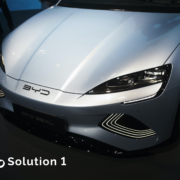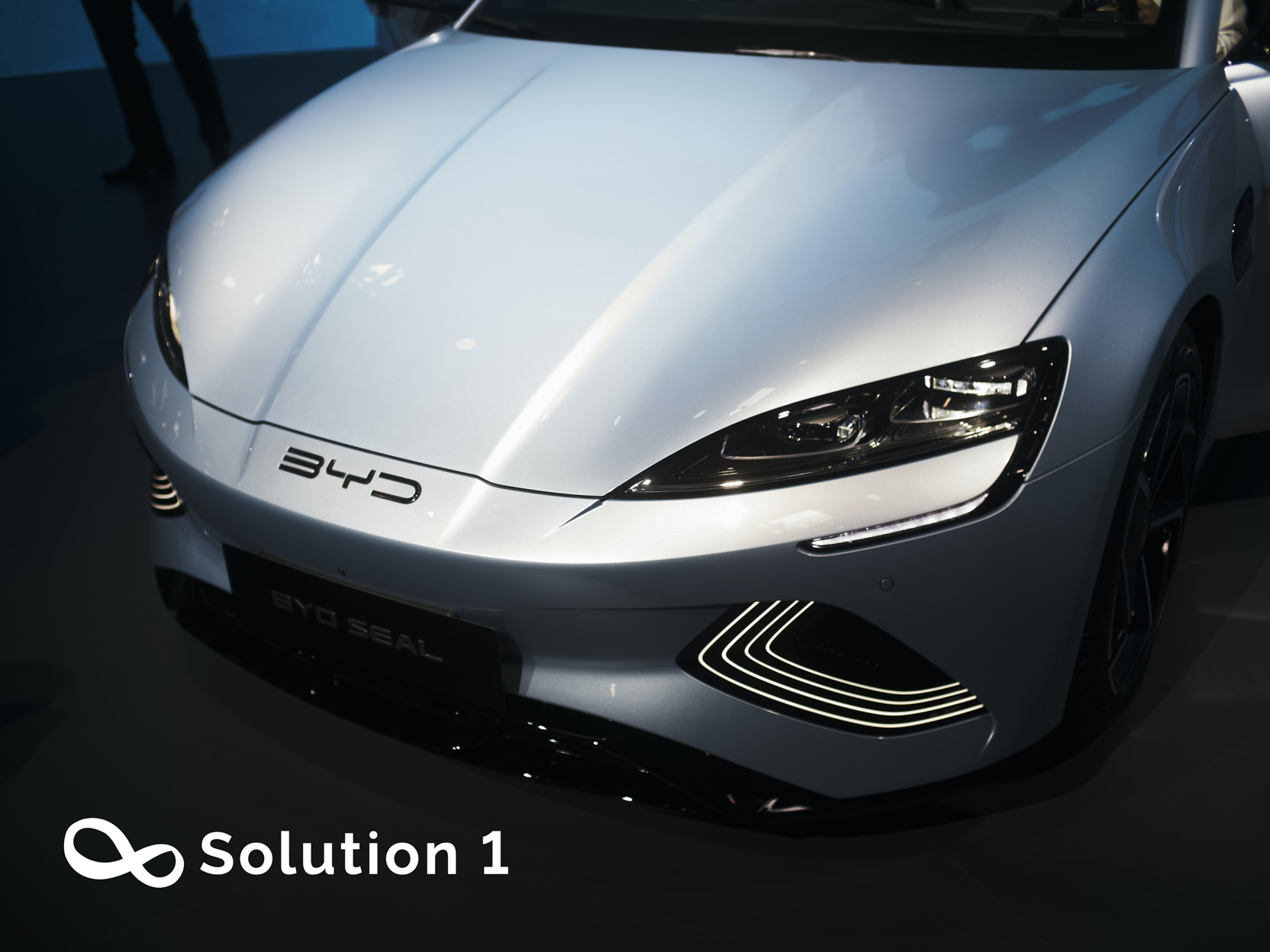Price Wars Loom: UBS Report Unveils Breakdown of Dolphin Model Production.
UBS analyst Patrick Hummel, who recently released a report, dismantling BYD’s latest model, the Dolphin, provided insights into BYD’s car production costs, structure, and technology. Chinese automakers, such as BYD, have the potential to disrupt the global automotive market through vertical integration and cost advantages. Their low production costs and technological advantages make them competitive in the global electric vehicle market, especially in Europe.
BYD has achieved a production cost advantage of around 25% through vertical integration and large-scale production. Approximately 75% of its components are produced in-house, reducing dependence on traditional suppliers. This not only includes production costs but also enhances its technological and scientific capabilities, giving it an edge in the global supply chain.
It is expected that by 2030, the global market share of Chinese automotive brands will increase from the current 17% to 33%. The market share of European local brands may decline, and traditional fuel car manufacturers such as Volkswagen, Renault, Volvo, and Honda will face significant negative impacts.
According to customs data, the amount of Chinese car imports into the European Union increased by 100% in 2022 compared to the previous year, rapidly growing its share in the total imported cars in Europe. By the end of the year, it is predicted that one-fifth of cars imported into Europe might be from China, a significant increase from five years ago. This rise is considered a crucial step in the global expansion of the Chinese electric vehicle industry.
Utilizing a low-cost Chinese supply chain, BYD predicts that the cost of production in Europe will be about 10% higher than exporting from China. However, the price is still expected to be approximately 25% cheaper than electric vehicles of equivalent quality manufactured by European OEMs. The European market is the most attractive for Chinese electric vehicle companies, given the rapid growth of the electric car market, the 2035 ban on fuel cars, and the lack of disruptive companies in Europe. Chinese OEMs can capture two-thirds of the automotive market in Europe and leverage China’s cost advantages for competitiveness.
The European automotive market is poised for a price war, and to compete with Chinese electric car manufacturers, local European automakers need to reduce prices. However, such a price war may lead to losses for manufacturers, especially in the high-end and luxury markets. European automakers may risk being squeezed out of the market if they do not lower their prices.
“I want to send a message: I see that as an imminent risk,” Zipse said, adding that premium carmakers such as BMW were better insulated against competition from Chinese manufacturers — most of which target buyers of cheaper vehicles.
BMW CEO Oliver Zipse recently issued a warning, stating that the EU’s plans to ban combustion engine vehicles could potentially push low-priced European-manufactured cars into a price war with China, making it difficult to win. He pointed out that Chinese electric vehicle brands like BYD are aggressively expanding in the electric vehicle market, posing a potential risk to European manufacturers.
European manufacturers may struggle to compete in the price war with China, especially in the mass-market car segment. While high-end automakers like BMW may resist competition from Chinese manufacturers, European manufacturers could face more significant challenges in the fiercely competitive low-cost car market.





